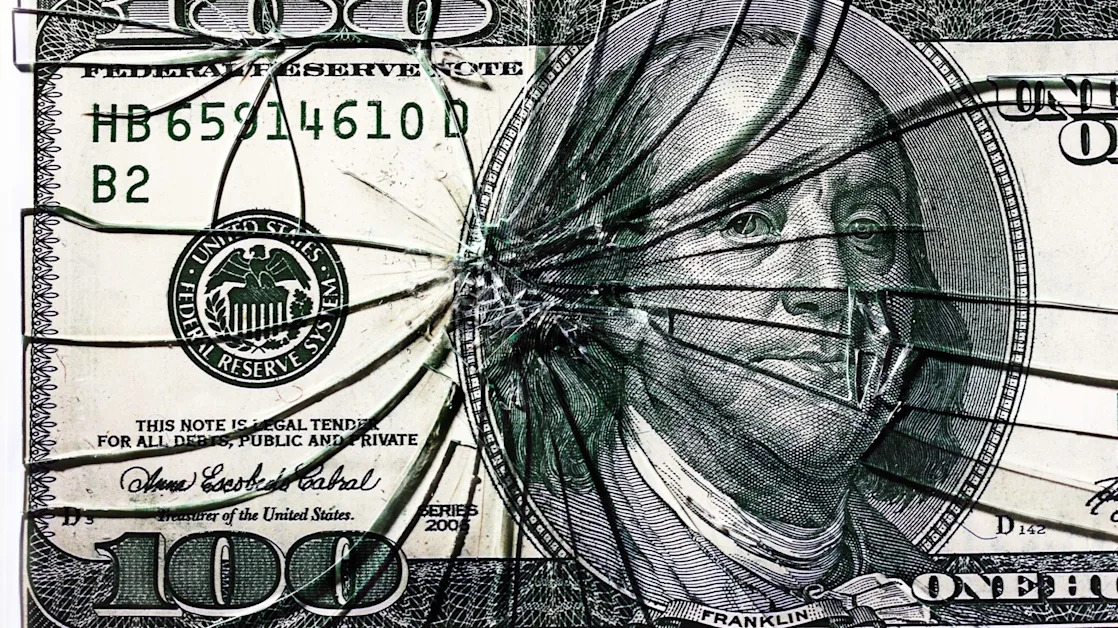
Global stock markets make solid gains as U.S. dollar shows weakness
India’s Nifty 50 was up more than 2% today on hopes that it is well-positioned to benefit from U.S. supply chain operations moving out of China. The Indian market is the first major index to completely erase the losses caused by President Trump’s trade war.
The gains came after a good day in the U.S. on Monday. The Dow Jones Industrial Average climbed more than 300 points on Monday as markets continue to rally on the prospect of tariff exemptions. That translates to a 0.78% increase, while the S&P 500 rose 0.79% and the tech-heavy Nasdaq jumped 0.64%. One highlight was Palantir , which was up nearly 5%.
The S&P is still down 8% year-to-date, however.
Here’s a snapshot of today's action from Fortune 's CEO Daily :
It’s not all blue skies and plain sailing, however
The U.S. dollar fell for the fifth straight day, as tracked by the DXY, an index that represents a basket of major trading currencies. The dollar is down nearly 8% this year . To put that in perspective: In late 2022 the dollar reached near-parity with the British pound, but today sterling buys $1.32.
The dollar’s weakness is a sign that, one way or another, investors are moving money out of the U.S.
The exits have been so severe that some analysts are starting to question the role of the dollar as the world’s “reserve currency.”
“At its heart, the USD's weakness reflects the USD's changing 'structural' relationship to 'risk' when it is the US that is now being seen to be dismantling the international trade system and capital-flows system that it itself created. If the U.S. itself cannot be counted upon as a reliable harbor in a turbulent world, how can the USD be favored?” wrote Macquarie analysts Thierry Wizman and Gareth Berry in a recent note to clients. “The USD's status as a reserve currency was always part 'convention' and part 'practicality' in view of the stability of U.S. institutions."
Chatter about the U.S. behaving like an “emerging market” isn’t going away either. “Experienced investors will recognize this pattern. It’s one we typically see in an emerging market crisis when investors lose confidence in a country’s government and its ability to service its debt. The result is capital flight and a rapid sell-off of government bonds as the risk premium increases,” Panmure Liberum’s Joachim Klement wrote yesterday .